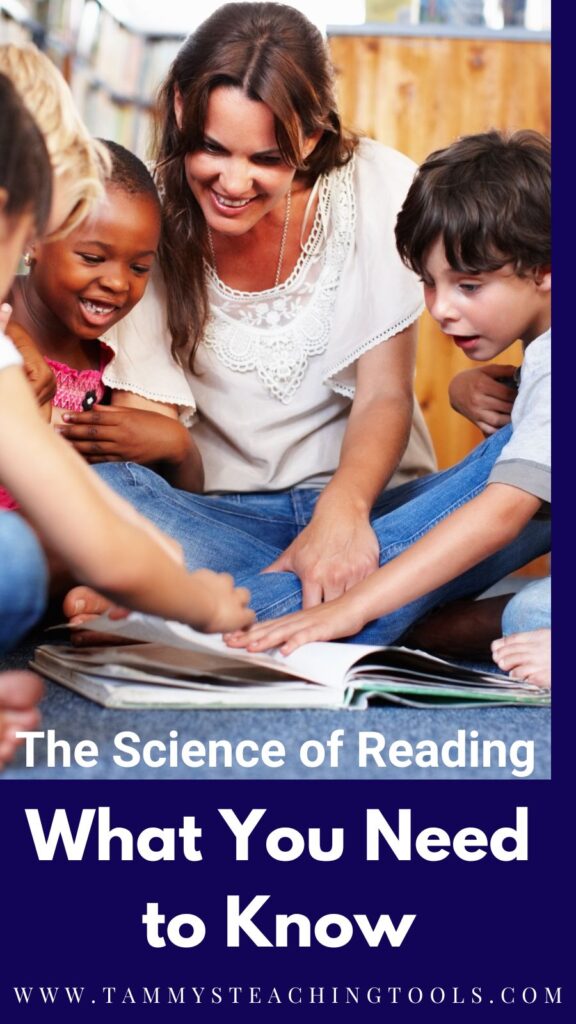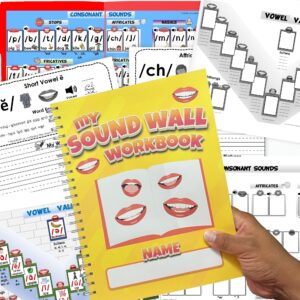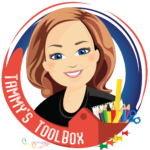The Science of Reading: 5 Ways to Help Struggling Readers
Do you remember the first time you read a book all by yourself? It was probably a pretty big accomplishment! You may not have realized it at the time, but your brain was working hard to make sense of all those words on the page. In fact, reading is one of the most complex activities that our brains do. But for struggling students, reading can be downright daunting. So what’s the secret to teaching these kids how to read? Keep reading to find out!

Reading is one of the most important skills a person can learn. Unfortunately, not all students have an easy time learning to read. This can be due to various factors, including dyslexia, ADHD, and auditory processing disorder. However, there is hope! If you have a struggling reader in your life, there are many things you can do to help them. Using the science of reading, we can help struggling students become fluent readers.
What is the Science of Reading?
The science of reading is not one program for teaching reading. It is a vast, interdisciplinary body of scientifically-based research about reading and issues related to reading and writing. This research was conducted over the last five decades across the world and includes thousands of studies conducted in multiple languages.
The brain is not wired to read. Aligning instruction with this research helps struggling readers learn in a way they can process.
The science of reading has shown five key components to reading: phonemic awareness, phonics, fluency, vocabulary, and comprehension. These components work together to help a reader decode words and understand what they are reading.
When one or more of these components is weak, a reader may struggle with some aspect of reading. For example, a student who lacks phonemic awareness may have difficulty hearing and manipulating individual sounds in words. A student who struggles with phonics may have difficulty decoding words. A student who lacks fluency may read slowly or make mistakes when decoding words.
 Ensure instruction includes all five key components and uses an explicit and systematic approach.
Ensure instruction includes all five key components and uses an explicit and systematic approach.
- Phonemic awareness is the ability to hear, identify, and manipulate individual sounds (phonemes) in spoken language. Phonemic awareness is a crucial skill for beginning readers, as it helps them understand that words are made up of small units of sound.
- Phonics is the relationship between letters and the sounds they represent. Teaching students to read using phonics helps them decode words by sounding them out.
- Fluency refers to the speed, accuracy, and prosody (rhythm and intonation) with which someone reads text. Fluent readers can read quickly and smoothly, with few errors.
- Vocabulary involves understanding a variety of words. The more words we know, the better we become at reading and understanding texts.
- Comprehension is understanding and making sense of what was read. Good readers are not only able to read accurately and fluently, but they also have a deep understanding of the text.
The Florida Center for Reading Research has printable research-to-practice student center activities for pre-kindergarten to fifth grade.
So, what is the science of reading? In a nutshell, it’s the application of evidence-based teaching methods that helps students become successful readers. When we use key components like phonemic awareness, phonics, fluency, and vocabulary instruction in our classrooms, we give our students the best opportunity to read with comprehension and fluency. And that’s something every student deserves. Are you using any of these principles in your own classroom? What has been your experience?
Here is a resource you will want to include in your teaching toolbox.
As the teacher, you have ready-made visuals for your lessons that are always at your fingertips.
This tool lets your students keep sounds and words organized in a way that makes sense and helps them to connect phonemes (sounds) to graphemes (written representations of sounds). Sound walls display the 44 speech sounds and the commonly represented graphemes.
Great for individual and group instruction, Orton-Gillingham programs, and reading intervention. Google Slides™ and PowerPoint™ versions are included for digital practice, easy differentiation, and student accommodations.
Happy Teaching,

P.S. Check out this post on using sound walls in your classroom.



